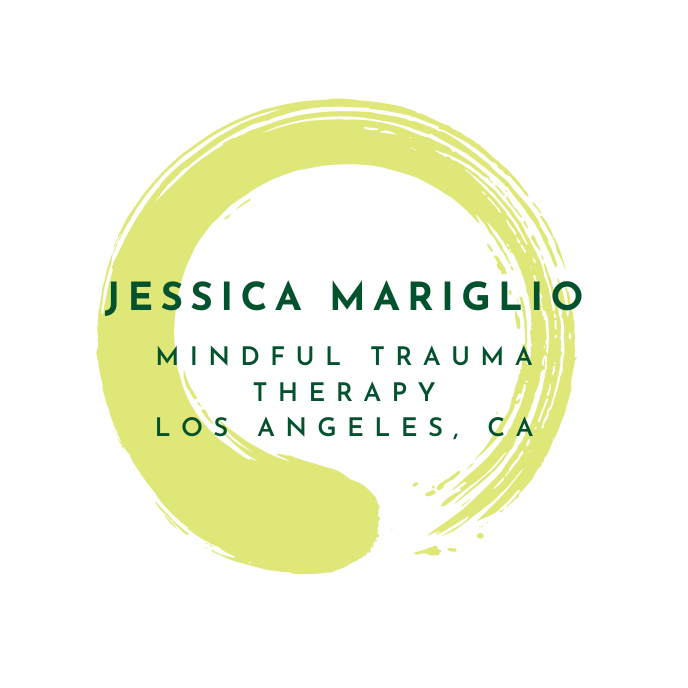EMDR Therapy+ Film Editing: Rewriting the Script of Trauma
Living in Los Angeles, I’m often struck by the ways in which films and TV shows incorporate ideas of reprocessing memories. I think there’s a lot of cinematic allure to the idea that we can revise our origin stories, so to speak, and am frequently excited when popular culture attempts to portray this process on screen. Here’s one of my favorite depictions (CW: violence and crude language):
Harley Quinn Rewrites Origin Story (pop-culture reference to EMDR therapy) CW: Violence and Crude Langage
In fact, I often use film-editing as a metaphor for explaining what an EMDR therapy reprocessing session is like:
Imagine your mind is like a movie reel, with each scene representing different memories and experiences in your life. Some scenes are happy, filled with joy and laughter, while others are darker, filled with pain, fear, or trauma. Just like in a film, these scenes play out in your mind, sometimes looping over and over again, affecting how you perceive and interact with the world around you.
In film editing, you carefully review each scene, editing the parts that no longer serve the story or don't contribute constructively to the overall narrative. Similarly, in EMDR therapy, the therapist guides you through a process of revisiting and reprocessing distressing memories or traumatic experiences. While we don’t actually cut any memories out, we do have the ability to zoom in, zoom out, change the saturation or add in more context and effectively placing the memory in the correct moment in the larger storyline of your life. Both practices involve a deliberate and systematic approach to shaping raw material into a coherent and meaningful whole. In film editing, repetitive reviews and adjustments refine the story's pacing and emotional impact, much like the gradual reprocessing of memories in EMDR therapy sessions.
The main editing software used in EMDR therapy is something called “bilateral stimulation,” which mimics the rapid eye movement (REM) stage of sleep, believed to be the brain's natural way of processing and integrating information. Through a process of dual awareness, the EMDR therapist guides you to access these memories while simultaneously engaging in bilateral stimulation, by following their fingers back and forth with your eyes, listening to alternating sounds, or tapping alternate sides of the body.
As you replay the distressing memory while undergoing bilateral stimulation, it's as if you're watching that scene in the film of your mind. However, instead of being a passive viewer, you're now an active editor. With the therapist's guidance, you're able to process the memory in a new way, reframing it and integrating it into your life story in a healthier, more adaptive manner.
Just like editing a film can transform a jumbled collection of scenes into a coherent and meaningful story, EMDR therapy allows you to reprocess traumatic memories, releasing their emotional grip and creating new, more positive associations. A well-edited film can evoke powerful emotions and insights in its viewers; similarly, successful EMDR therapy can lead to profound shifts in perception and resolution of past traumas, honoring the complexity of human experience and promoting healing and growth. Over time, this can lead to significant reductions in symptoms of post-traumatic stress disorder (PTSD), anxiety, depression, and other related issues, ultimately helping you to move forward with greater resilience and well-being.
